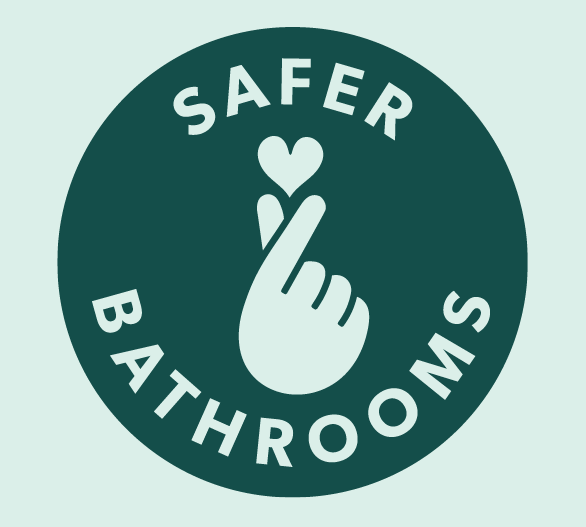Bathrooms can provide private, seemingly safe spaces for people to use substances, especially when they are unable to access supervised consumption or overdose prevention sites. Even when these designated services are available, some people will continue to use substances in bathrooms. There are several reasons for this, such as privacy, stigma, and fear of others knowing they use substances. However, there can be serious risks to using substances in bathrooms, including overdosing alone and potentially not receiving lifesaving help in time.
Restricting access to bathrooms or implementing measures to discourage substance use in bathrooms does not work. Rather, doing so increases risks for people who use substances, staff, and other people at risk of injury due to unsafe bathroom lighting, layout, and so forth. There are ways of making bathrooms safer for people who use substances. This toolkit will help you to do that.

